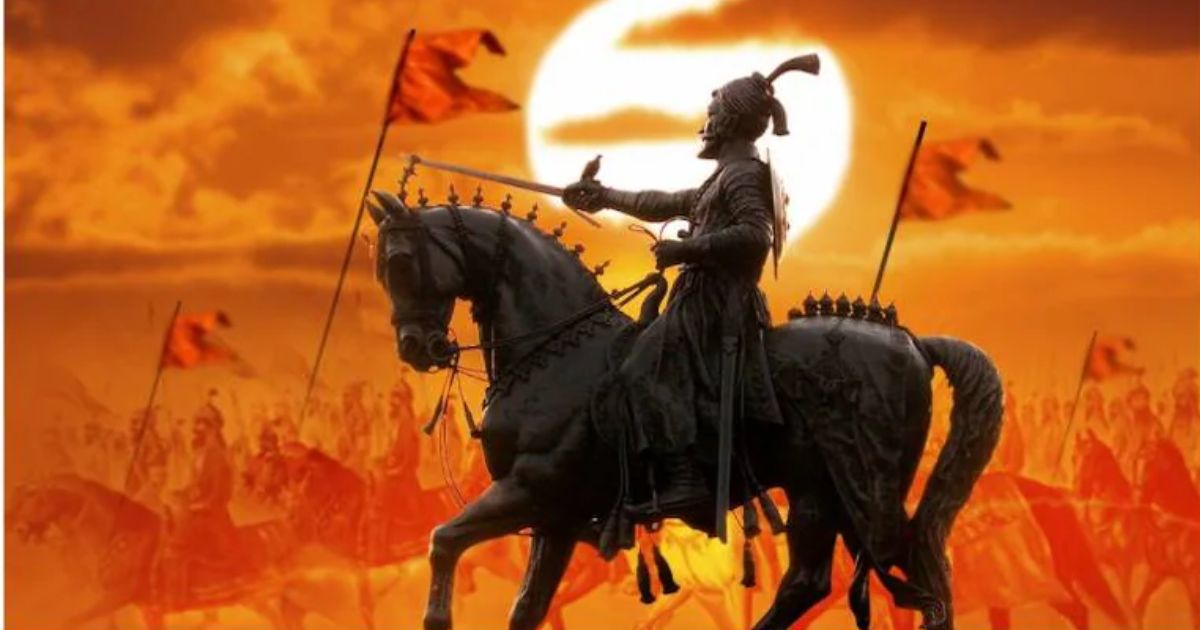- DMK leader A Raja sparks controversy by asking party workers to avoid religious symbols while wearing the DMK dhoti.
- He clarified he’s not against religious beliefs but wants a clear distinction between DMK and other groups.
- Raja’s comments have led to criticism, with some viewing it as an attack on religious expression.
Chhatrapati Shivaji Maharaj, the founder of the Maratha Empire, is remembered as a brave warrior and wise leader. He was born on February 19, 1630, in Pune, to Jijabai and Shahji Bhonsle. From a young age, he showed great leadership skills and started building the Maratha kingdom in 1674.
Shivaji Maharaj passed away on April 3, 1680, due to health problems. Since then, April 3 has been observed as his death anniversary. Known for his strong leadership, military strategies, and dedication to his people, Shivaji Maharaj became a legendary figure. On his 345th death anniversary, we remember his amazing contributions and life.
Chhatrapati Shivaji Maharaj was born on February 19, 1630, at Shivneri Fort near Junnar in Pune. Some people believe his name was inspired by Lord Shiva, but historians say he was named after Shivai, a local goddess.

Shivaji Maharaj started building his kingdom, Swaraj, with a clear goal, which was shown in his royal seal (Mudra) in Sanskrit. The seal promised that his kingdom would grow like the crescent moon and always work for the people’s well-being.
He captured important forts like Rajgad, Torna, Kondhana, and Purandar to lay the foundation of Swaraj. In 1656, he captured Javali in Satara, which was strategically important. Later, he took control of Rairi, which was renamed Raigad and became his capital.
Shivaji Maharaj also captured several forts in the Konkan region, including Mahuli, Lohagad, Tunga, and others. He set up a council of eight advisors called the Ashta Pradhan Mandal, who helped him with political and other important matters.
To protect his ports and trade, he built a navy. His first naval expedition was in 1665. Shivaji Maharaj’s education was managed by a small group, teaching him reading, writing, horse riding, martial arts, and religious studies. He also had a special instructor for military training.
On June 6, 1674, he was crowned Chhatrapati at Raigad by a respected scholar named Gagabhatt. Special coins were made to mark the occasion, with one gold coin called hon and one copper coin called shivrai, both inscribed with “Shri Raja Shivachhatrapati.”

















Comments